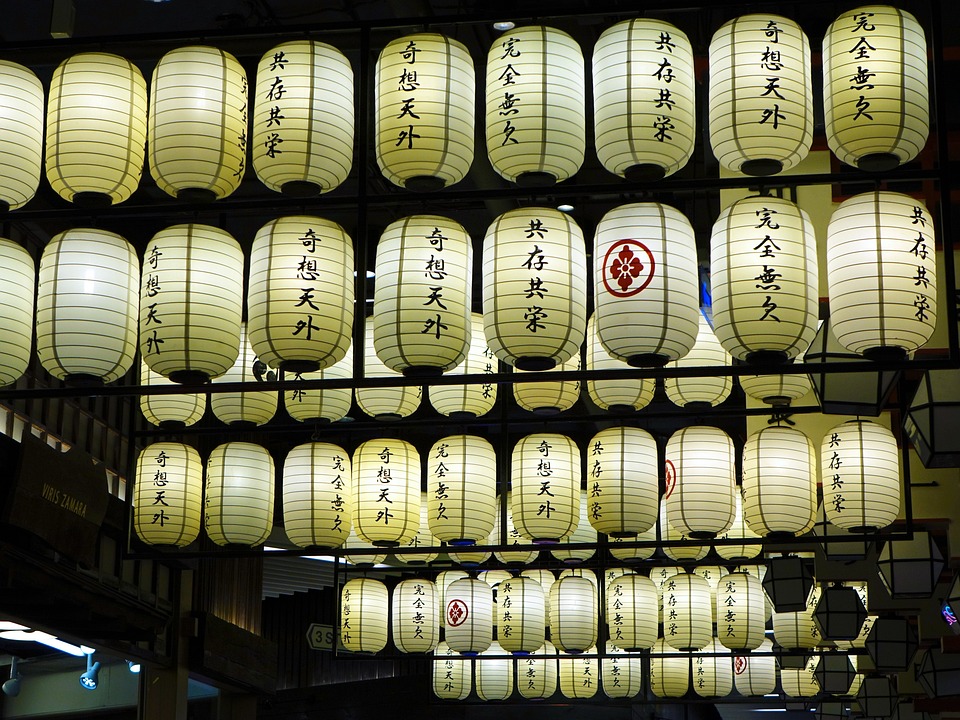[ad_1]
Sake, a traditional Japanese rice wine, has been enjoyed for centuries in Japan and is becoming increasingly popular in other parts of the world. This unique beverage has a delicate and complex flavor profile that makes it a perfect complement to a wide variety of dishes. When paired correctly, sake can enhance the flavors of food and elevate the dining experience. In this article, we will explore the art of sake and food pairing, and how to best enjoy this Japanese rice wine with different cuisines.
Understanding Sake
Before diving into sake and food pairing, it’s important to have a basic understanding of what sake is and how it is made. Sake is a fermented rice beverage that is brewed using rice, water, yeast, and koji mold. The brewing process for sake is similar to that of beer, but the flavor profile and characteristics are often more similar to wine.
Sake can range from sweet to dry, and from light and floral to rich and robust. The flavor of sake is greatly influenced by the type of rice used, the water source, the brewing process, and the quality of the koji mold. The complexity and diversity of sake make it a versatile beverage for pairing with a wide range of foods.
Pairing Sake with Food
When it comes to pairing sake with food, the goal is to create combinations that complement and enhance each other. In general, sake pairs well with a variety of cuisines, including Japanese, Chinese, Thai, and even Western dishes. The delicate and nuanced flavors of sake can elevate the dining experience and bring out the best in both the sake and the food.
There are a few key principles to keep in mind when pairing sake with food. One of the most important factors to consider is the level of umami in both the sake and the food. Umami is a savory taste that is often described as meaty or brothy, and it is present in many foods, including meat, seafood, mushrooms, and soy sauce. Sake has a natural umami flavor that can be enhanced when paired with foods that also have a high level of umami.
Another important consideration when pairing sake with food is the temperature of the sake. Sake can be enjoyed cold, at room temperature, or warm, and the temperature of the sake can greatly impact how it pairs with different dishes. In general, lighter sakes are often enjoyed cold, while richer, more full-bodied sakes are best enjoyed at room temperature or slightly warmed.
Sake and Japanese Cuisine
When pairing sake with Japanese cuisine, it’s important to consider the flavors and textures of the dishes. Lighter sakes with crisp acidity pair well with sushi, sashimi, and other raw fish dishes. For richer and more flavorful dishes, such as grilled meats and tempura, a fuller-bodied sake with a slightly higher temperature can be a great match.
Sake and Asian Cuisine
Many Asian dishes, including Chinese and Thai cuisine, can also be enhanced by the addition of sake. Light and floral sakes pair well with stir-fries, noodle dishes, and vegetable-based meals, while richer sakes pair well with spicier dishes and seafood. The versatility of sake makes it a great option for pairing with a wide range of Asian flavors and ingredients.
Sake and Western Cuisine
While sake is traditionally associated with Japanese and Asian cuisine, it can also be a great addition to Western dishes. Sake can pair well with a variety of foods, including cheese, cured meats, and even creamy dishes. The natural umami flavors in sake can complement and enhance the flavors of many Western dishes, adding a unique twist to the dining experience.
Conclusion
Pairing sake with food is a delightful and rewarding experience that can enhance the enjoyment of both the sake and the food. The versatility and complexity of sake make it a great addition to a wide range of cuisines, and with a little experimentation and knowledge, it is possible to create perfect pairings that elevate the dining experience. So, the next time you’re enjoying a delicious meal, consider adding a bottle of sake to the table and enhance the flavors of your dishes with this traditional Japanese rice wine.
FAQs
What temperature should I serve sake at?
Lighter sakes are often enjoyed cold, while richer, more full-bodied sakes are best enjoyed at room temperature or slightly warmed. However, the best temperature to serve sake can also depend on personal preference and the specific characteristics of the sake.
Can sake pair with non-Asian cuisines?
Yes, sake can be a great addition to non-Asian cuisines, including Western dishes. The natural umami flavors in sake can complement and enhance the flavors of a wide range of foods, making it a versatile and enjoyable pairing option for many different cuisines.
What are the key principles to keep in mind when pairing sake with food?
When pairing sake with food, consider the level of umami in both the sake and the food, as well as the temperature of the sake. Experiment with different types of sake and cuisines to find the best pairings for your palate.
[ad_2]





Comments